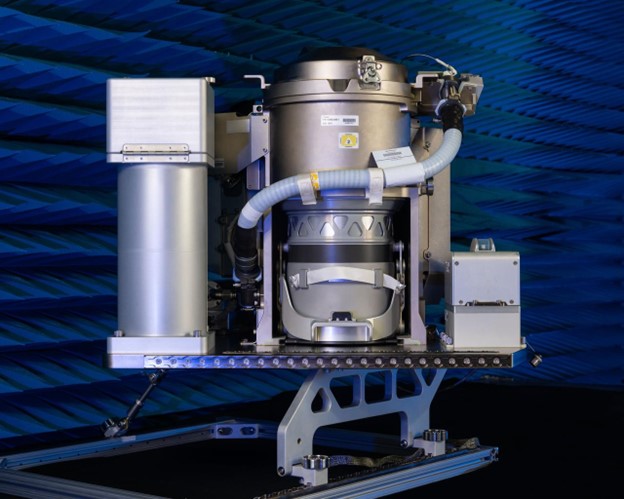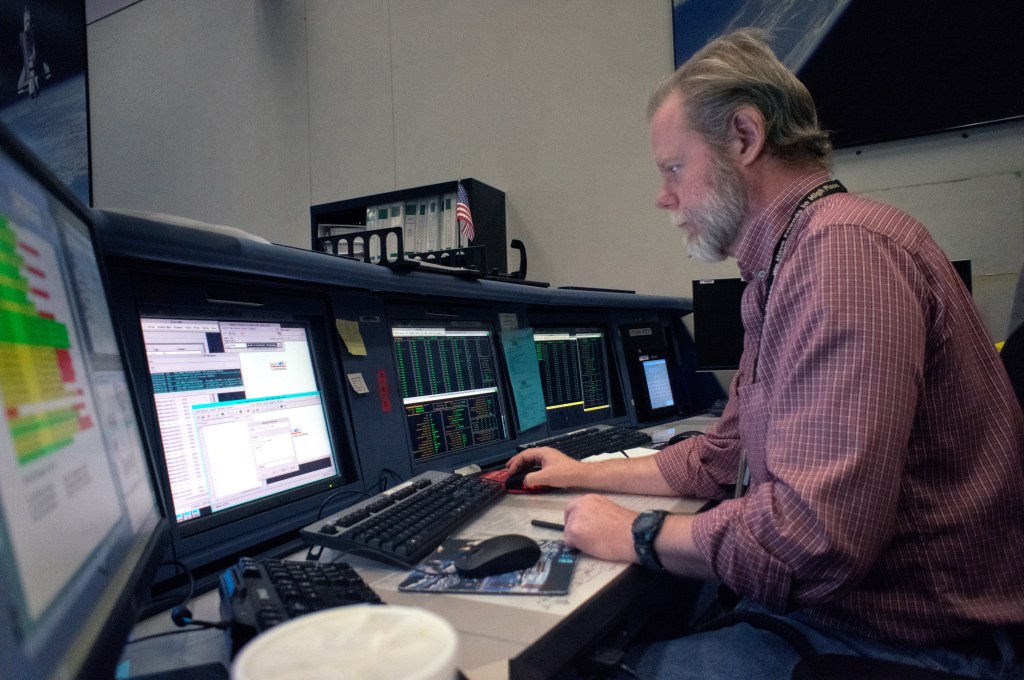EMI/EMC
EMI/EMC (Electromagnetic Interference/Electromagnetic Compatibility) is crucial for designing spaceflight hardware to ensure the reliable operation of electronic systems, prevent interference that could compromise mission-critical communications, and safeguard against potential malfunctions caused by electromagnetic disturbances in the harsh and complex environment of space. NASA’s Johnson Space Center houses essential facilities and expertise to facilitate EMI/EMC engineering development, simulation, evaluation, and certification testing for crew, flight, and ground support equipment. This encompasses a wide array of systems, including communication, instrumentation, biomedical tools, guidance and navigation devices, as well as computation and robotics. Explore the EMI/EMC capabilities below, as we invite you to join us in the exciting journey of space exploration at the forefront of discovery.
Conducted and Radiated Emissions and Susceptibility Testing
The JSC EMI Test Facility (JETF) is comprised of two independent shielded test facilities. The JSC EMI Test Facility (JETF) performs testing of systems and subsystems according to MIL-STD 461G requirements. Consultation services can also be arranged for developing a suitable test plan to meet imposed test requirements.
- The two independent shielded test facilities have dimensions: 23 feet x 18 feet x 10 feet and 10 feet x 16 feet x 8.5 feet
- Larger Equipment Under Test (EUT) assessments can be accommodated but require additional coordination
Engineering Support and Evaluation in Shielded Chambers for Conducted and Radiated Emissions and Susceptibility
The JSC EMI Test Facility (JETF) supports engineering development and provides EMI/EMC evaluation and qualification.
Testing of crew, flight, and ground support equipment, including but not limited to communication, instrumentation, biomedical, guidance and navigation, computation and robotics systems is available. Complete EMC testing of systems and subsystems per MIL-STD 461G requirements is performed.































